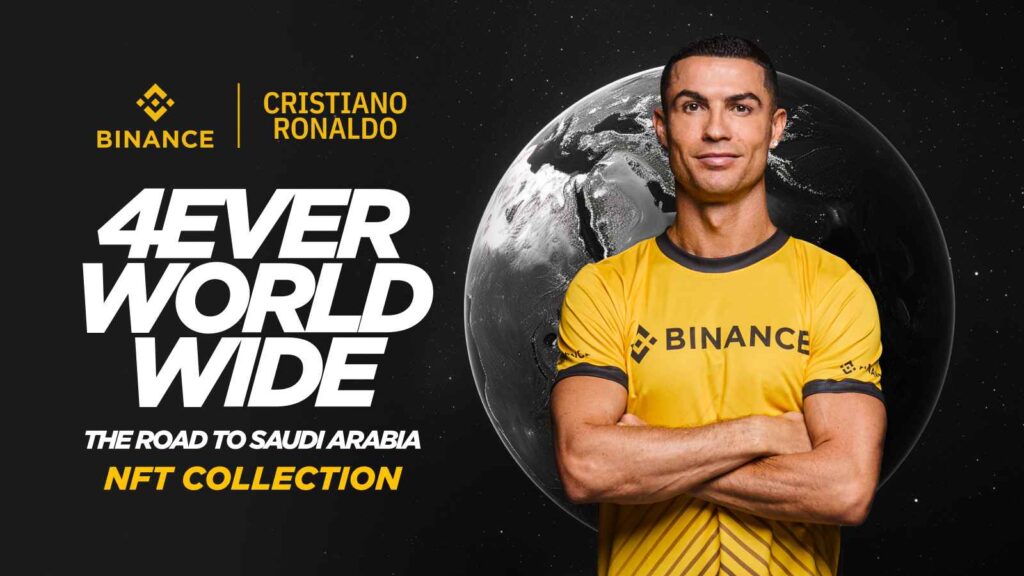An NFT is a one-of-a-kind digital token based on blockchain technology. Unlike fungible
cryptocurrencies such as Bitcoin or Ethereum, which can be swapped one-to-one, NFTs are
indivisible and reflect ownership of a specific item or piece of material. Each NFT contains
metadata that certifies its authenticity, ownership, and provenance, making replication and
counterfeiting impossible. The immutability and transparency enabled by blockchain technology
have transformed the concept of digital ownership.
One of the most visible applications of NFTs is in the field of painting. Artists are able to create
tokenize, and sell digital art to collectors directly, bypassing intermediaries such as galleries or auction houses. This direct artist-to-collector contact has democratized the art industry by giving
artists more control over their creations and financial benefits.
Physical artworks have long dominated the art market, with galleries, auctions, and famous
institutions functioning as gatekeepers. Non-fungible Tokens (NFTs) have, however, altered this
traditional environment, bringing up new opportunities for artists and collectors alike.
The empowering of artists is one of the most significant effects of NFTs on the art industry. Artists
can now directly reach a worldwide audience and sell their masterpieces without the use of
intermediaries by tokenizing their digital artwork.
NFTs have also sparked a reevaluation of how value is assigned to art. Traditionally, the value of
a physical artwork is often determined by factors such as the reputation of the artist, the scarcity
of the piece, and the demand within the market. With NFTs, the concept of value expands beyond
physicality. The unique properties of an NFT, such as its verifiable authenticity, provable scarcity,
and immutable ownership history, imbue digital art with inherent value. This redefinition of value
opens up new possibilities for artists working in digital mediums and challenges the notion that art
must be a tangible object.
While NFTs present great prospects, they also present obstacles and criticism. The environmental
impact of the blockchain technology that enables NFT transactions is a major source of worry.
Concerns have been raised about the carbon footprint of NFTs due to the energy consumption
involved with blockchain networks, particularly those implementing Proof-of-Work consensus
methods. However, attempts are being made to investigate more energy-efficient alternatives, such
as Proof-of-Stake blockchains, that can help alleviate these environmental problems.
Another concern is copyright infringement and intellectual property rights. Because of the
accessibility of digital replication, unlicensed copies of NFTs and accompanying artworks have
circulated in the digital space. However, as the technology matures, methods such as digital
fingerprinting and watermarking are being developed to protect the integrity of NFTs and their
associated mamaterial.
Looking ahead, NFTs have the potential to change industries other than art. NFTs allow musicians
to offer limited edition records or concert tickets to fans, providing them with unique experiences
and rewards. As NFTs, virtual real estate and in-game assets can be purchased and sold, allowing
virtual economies to thrive. Educational certificates and credentials can also be tokenized,
resulting in safe and verifiable proofs of achievement.
As more artists, producers, and innovators adopt NFTs, we may expect further innovation,
standardization, and integration of this technology into our daily life. The potential for fractional
ownership, platform compatibility, and new business streams is enormous.
Non-Fungible Tokens have emerged as a transformative force, redefining ownership in the digital
age. Through their unique properties and the power of blockchain technology, NFTs have unlocked
new opportunities for artists, collectors, and investors. While challenges exist, the growing
adoption and experimentation with NFTs indicate a promising future. As the NFT market
continues to evolve, we can anticipate several developments.
First NFT: The first-ever NFT was created in 2014 on the Ethereum blockchain by artist Kevin
McCoy and his partner Anil Dash. It was a digital artwork titled “Quantum” and marked the
beginning of the NFT revolution.
Beeple’s Record Sale: In March 2021, digital artist Beeple (actual name Mike Winkelmann) sold
an NFT artwork named “Everydays: The First 5000 Days” at a Christie’s auction for a whopping
$69.3 million. This sale launched NFTs into the public eye and set a record for the highest-priced
NFT artwork sold to date.
NBA Top Shot: Dapper Labs’ NBA Top Shot takes the excitement of basketball to the NFT realm.
It sells legally sanctioned NBA collector highlights, known as “moments,” which are NFTs that
depict noteworthy in-game plays. NBA Top Shot features a vast community with deals for millions
of dollars.
NFTs with Virtual Real Estate: NFTs have expanded beyond the domain of artwork to include
virtual real estate. Decentraland and The Sandbox are blockchain-based virtual worlds in which
users can purchase, trade, and create virtual land and assets as NFTs, resulting in thriving digital
economies.
NFTs in Digital Fashion: NFTs have penetrated the fashion business, with designers making and
selling NFTs of digital fashion products. These virtual clothing can be worn and presented in
virtual spaces, opening up new possibilities for self-expression and creativity.
NFT Music Albums and Concert Tickets: Musicians have begun to issue NFT albums and concert
tickets. This enables fans to obtain exclusive digital editions of songs or special access and
incentives associated to live performances, resulting in unique experiences and revenue streams
for artists.
Internet memes as NFTs: Internet memes have made their way into the NFT space. Memes such
as “Nyan Cat” and “Disaster Girl” have been tokenized and marketed as NFTs, bringing a sense of
levity and nostalgia to the NFT market.
NFTs have heralded a new era of digital ownership, transforming the art market and giving artists
with unparalleled prospects for exposure, revenue production, and creative discovery. While
obstacles exist, the NFT space’s rapid development and innovation point to a promising future in
which the frontiers of art, ownership, and creativity continue to be redefined in the digital era.




